The One Penny Red stamps of Great Britain issued between 1864 and 1875 are a fascinating topic for philatelists. These stamps represent a significant period in British postal history, marked by the use of the Penny Red, which replaced the Penny Black and became the standard postage stamp for many years.
Overview of the One Penny Red (1864-1875)
Key Characteristics:
- Design:
- Portrait: Featuring a left-facing profile of Queen Victoria.
- Color: Red, which was chosen after the initial success of the Penny Black and the brief usage of the Penny Red-Brown.
- Perforation:
- Perforated 14: The 1864 issue of the Penny Red was perforated 14. This is a key identifying feature.
- Plate Numbers:
- The stamps were printed from different plates, each identified by a unique plate number ranging from 71 to 225.
- The plate number is found in the margin of the stamp and can significantly affect the stamp’s value and collectability.
- Letters in Corners:
- Each stamp has letters in the lower corners indicating its position on the printing plate. These letters range from AA to TL, signifying rows and columns on the plate.
Important Issues and Variations
1864 Penny Red Plate Numbers (71-225)
- Issued in 1864: These stamps were first issued in 1864 and continued to be produced until 1879, but your interest focuses on those used up until 1875.
- Plate 77: One of the rarest and most valuable plate numbers, with very few known surviving examples.
Key Collecting Points:
- Plate Identification:
- Collecting by plate number is a common and challenging pursuit, given the range from 71 to 225. Some plates, like Plate 77, are extremely rare.
- Condition:
- As with all stamps, the condition greatly affects value. Look for well-centered stamps with clear postmarks and intact perforations.
- Postmarks:
- Stamps with distinctive or rare postmarks can be more valuable. The Maltese Cross postmark is particularly sought after.
Historical Context
The One Penny Red stamps from this period are a continuation of the efforts to streamline and secure postal operations in Great Britain. They reflect the following historical points:
- Transition from Penny Black: The One Penny Red addressed issues with the Penny Black, primarily the problem of cancellation marks being hard to see on a black background.
- Perforation: The adoption of perforation improved the practicality of stamps, making them easier to separate and use.
- Postal Reforms: These stamps were part of broader postal reforms that expanded access to mail services and improved efficiency.
Collecting Tips
- Study Plate Numbers: Understanding the different plate numbers and their rarity is crucial. Resources like Stanley Gibbons’ catalog can be invaluable.
- Examine Condition: Look for stamps in the best possible condition, with clear impressions and minimal damage.
- Focus on Postmarks: Collecting based on postmarks can add an interesting dimension, particularly if you can find rare or unusual cancellations.
- Authenticity: Be wary of forgeries, especially with rare plate numbers like 77. Professional authentication may be necessary for high-value items.
Conclusion
The One Penny Red stamps issued between 1864 and 1875 are a cornerstone of British philately, offering a rich field for study and collection. Their variations in plate numbers, postmarks, and condition provide endless opportunities for exploration and discovery.

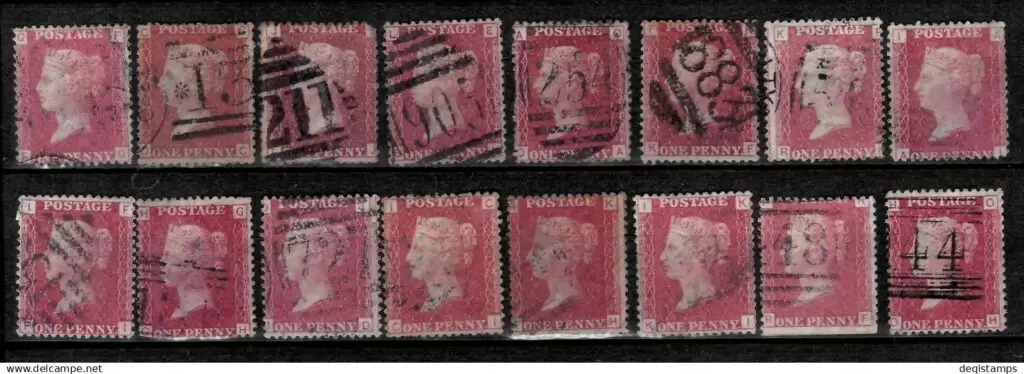
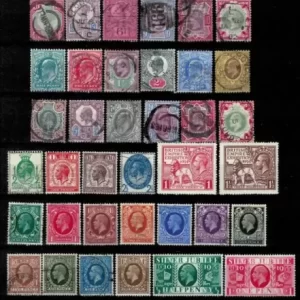

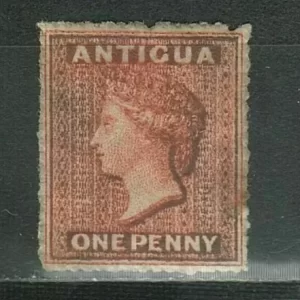



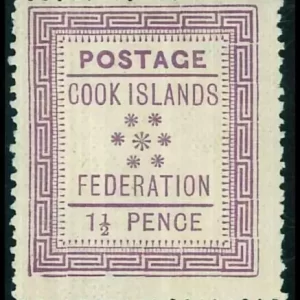
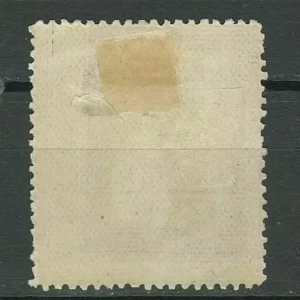

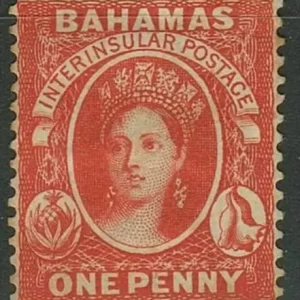
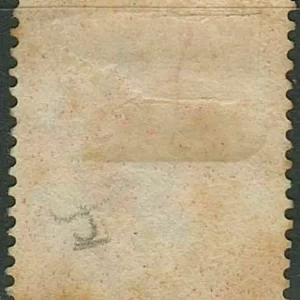
Reviews
There are no reviews yet.